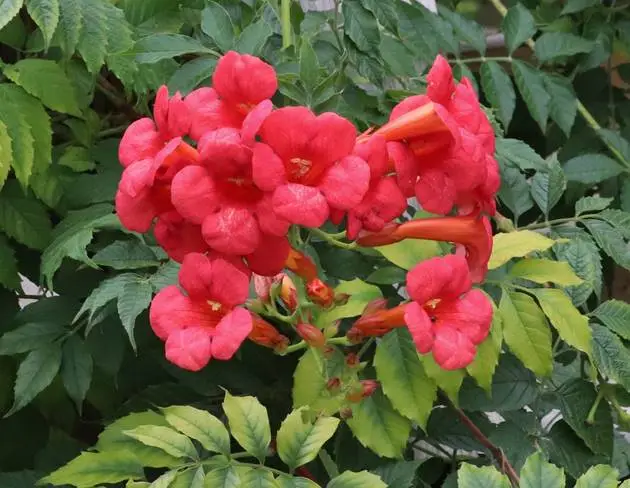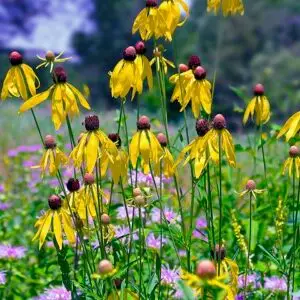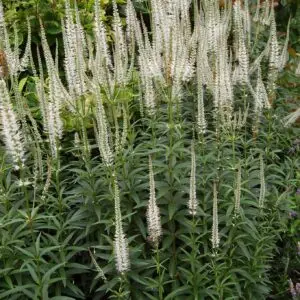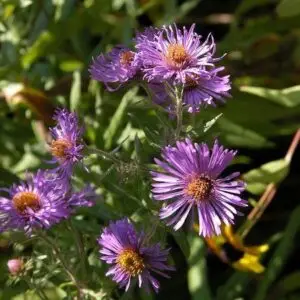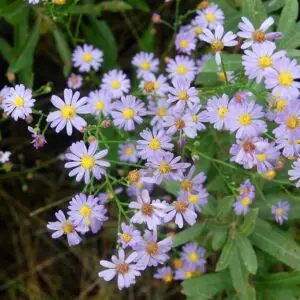| Size | 4" Pots for Preorder Only, Trade Gallons, Two Gallons, Three Gallons |
|---|
Campsis radicans – Trumpet Creeper(BTF.DR.DRGHT.H.HMR.NB.OP)
Ecosystem Services:
(B)-Birds (B&B)-Birds & Butterflies
(BTF)-Butterflies (BW)-Black Walnut Resistant
(DR)-Deer Resistant (DRGHT)-Drought Resistant
(EC)-Erosion Control (EVR)-Evergreen
(FC)-Fall Color (FRG)-Fragrant
(GRD)-Groundcover (H)-Host plant
(HMR)-Hummingbirds (M)-Mammals
(MTH)-Moths (N)-Nectar
(NB)-Native Bees (NST)-Nesting Material
(OP)-Other pollinators (RR)-Rabbit Resistant
(SHWY)-Showy (SPC)-Specimen Plant
Trumpet vine is a dense, vigorous, woody, deciduous, perennial vine in the trumpetvine family (Bignoniacea) that attaches itself to structures and climbs by aerial rootlets. It is native to the central and eastern United States. In nature, it can be found in swamps, forests, thickets and on roadside telephone poles.
Trumpet vine is easily grown in a wide variety of soils. It is best planted in lean-to-average soils with regular moisture in full sun to partial shade. Foliage grows well in shade, but plants need good sun for best flowering. It blooms on new growth, so early spring pruning will not affect the flowering. Vines must be grown on sturdy structures because mature plants produce considerable weight. The challenge with species plants is usually not how to grow them but how to restrain them, in large part because they sucker profusely from underground runners and freely self-seed, often forming impenetrable colonies that can choke out other plants. To keep it in check, plant it near concrete or an area that you can mow; mowing down the suckers will discourage them.
Host plant for the Plebeian Sphinx Moth!

